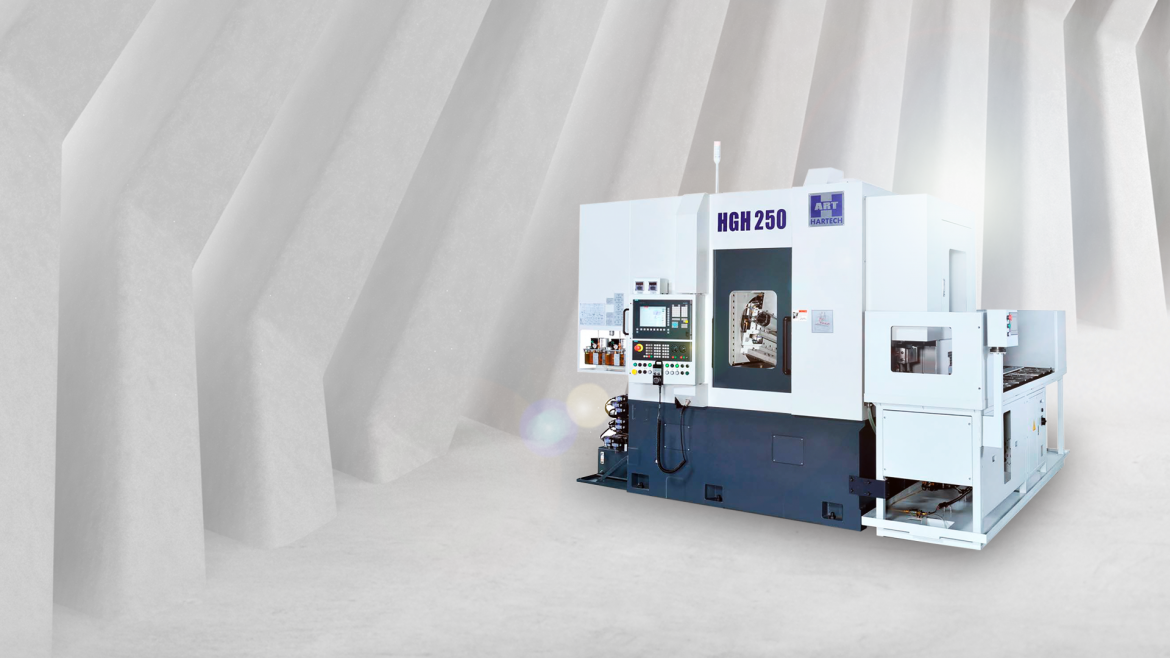Taiwan’s Hota Industrial, a major auto parts manufacturer, diversifies with a USD 99 million investment in a New Mexico plant.
Navigating shipping challenges and political tensions
Hota Industrial, a long-time supplier of gears and auto parts to global giants like Tesla, Ford, and General Motors, is facing challenges posed by rising shipping costs and geopolitical tensions in the Taiwan Strait. The pandemic-induced shipping constraints and uncertainties related to cross-strait relations have prompted a strategic shift for Hota, leading to the consideration of a New Mexico plant.
Supply chain security and proximity to North America
To address concerns about supply chain security and move closer to its significant North American customer base, Hota unveiled plans for a USD 99 million investment in a plant in New Mexico, marking its first manufacturing facility outside Asia. With 70% of its sales originating from North America, the move is strategic to ensure proximity and enhance supply chain resilience.
Air freight challenges during COVID-19
The pandemic disrupted global supply chains, impacting industries worldwide. Hota, founded in 1966, faced shortages of cargo containers and labor at ports, compelling the use of expensive air freight for shipping heavy auto parts to North America. The challenges highlighted the importance of location in mitigating logistical hurdles and ensuring timely deliveries.
Shift in perspective: closer proximity over cost concerns
Holly Sheng, CEO of Hota, emphasized the shift in perspective, noting that the willingness to pay a bit more for proximity has become more acceptable. The move to the United States is seen as a natural decision, even though it comes with higher costs. This shift is attributed to the recognition that being closer to markets can offset logistical challenges and enhance overall operational efficiency.
New Mexico investment and electric vehicle (EV) focus
Hota’s investment in New Mexico aligns with the broader trend in the automotive industry towards electric vehicles (EVs). The company anticipates the New Mexico facility, scheduled for mass production in 2025, to become a significant contributor to the growing EV supply chains in the region. The choice of New Mexico is driven by lower costs compared to other states and its proximity to key customers in the U.S. and Mexico.
Challenges and opportunities in the U.S. market
Acknowledging that U.S. costs will be higher, Sheng sees advantages in scale, vertical integration, and expertise. The U.S. Inflation Reduction Act is expected to alleviate some cost pressures as it encourages EV makers to source components domestically. Hota’s U.S. production, initially representing 5-8% of total output, will benefit from USD 3 million in funding from New Mexico and potential tax credits.
Concerns amidst global geo-political dynamics
While Hota’s expansion into the U.S. presents opportunities, concerns loom over global geo-political dynamics, particularly the ongoing tensions between China and Taiwan. Sheng acknowledges the challenge of convincing customers that war will not happen but emphasizes the importance of risk distribution to enhance customer confidence. Hota recognizes that while the U.S. venture is a significant step, it cannot entirely replace its established production base in Taiwan. The approach is viewed as a strategic diversification to mitigate risks and ensure business continuity.
Hota’s investment in New Mexico reflects the evolving landscape of global manufacturing, with companies seeking to balance cost considerations, supply chain resilience, and geopolitical uncertainties in their strategic decisions.



